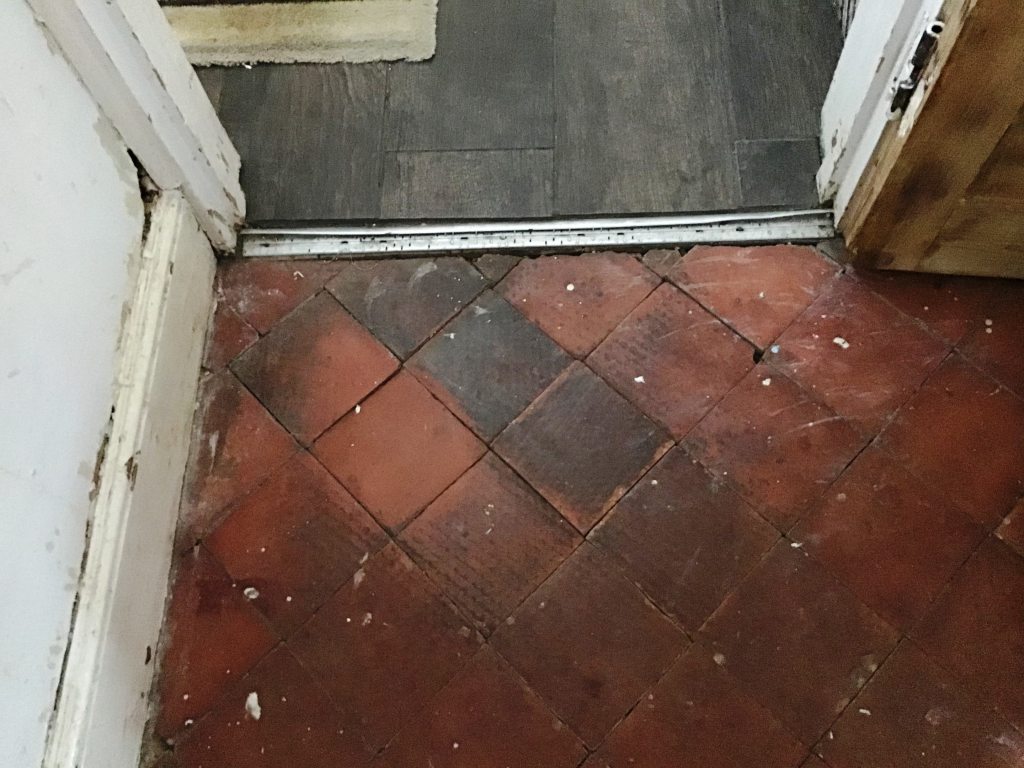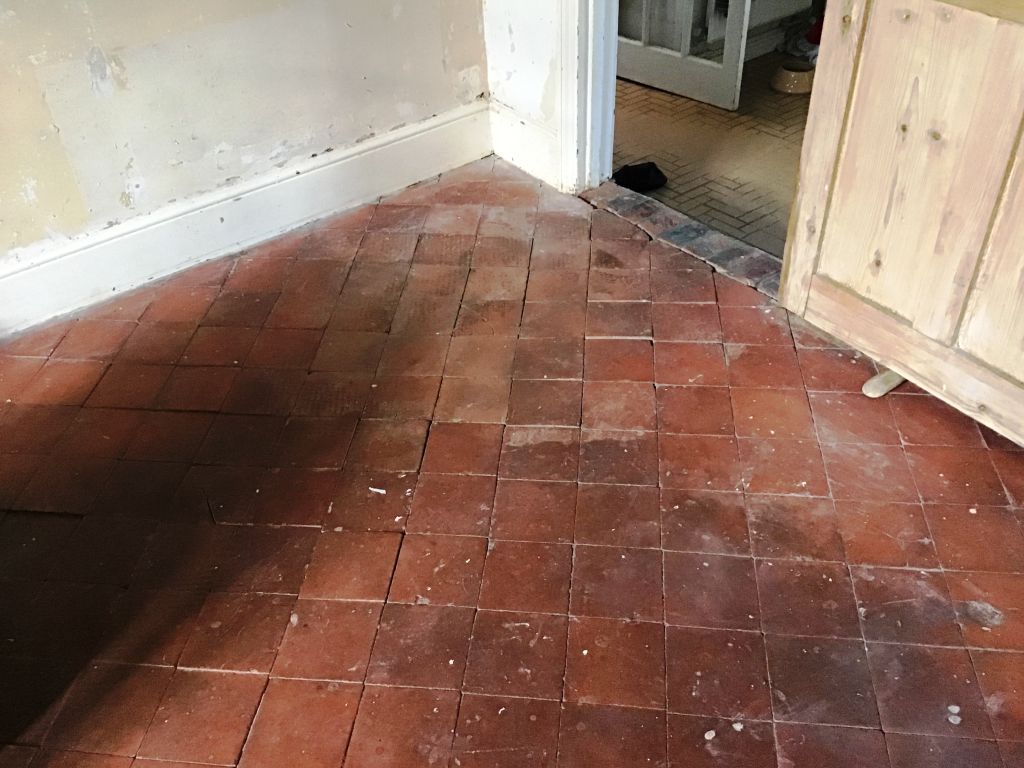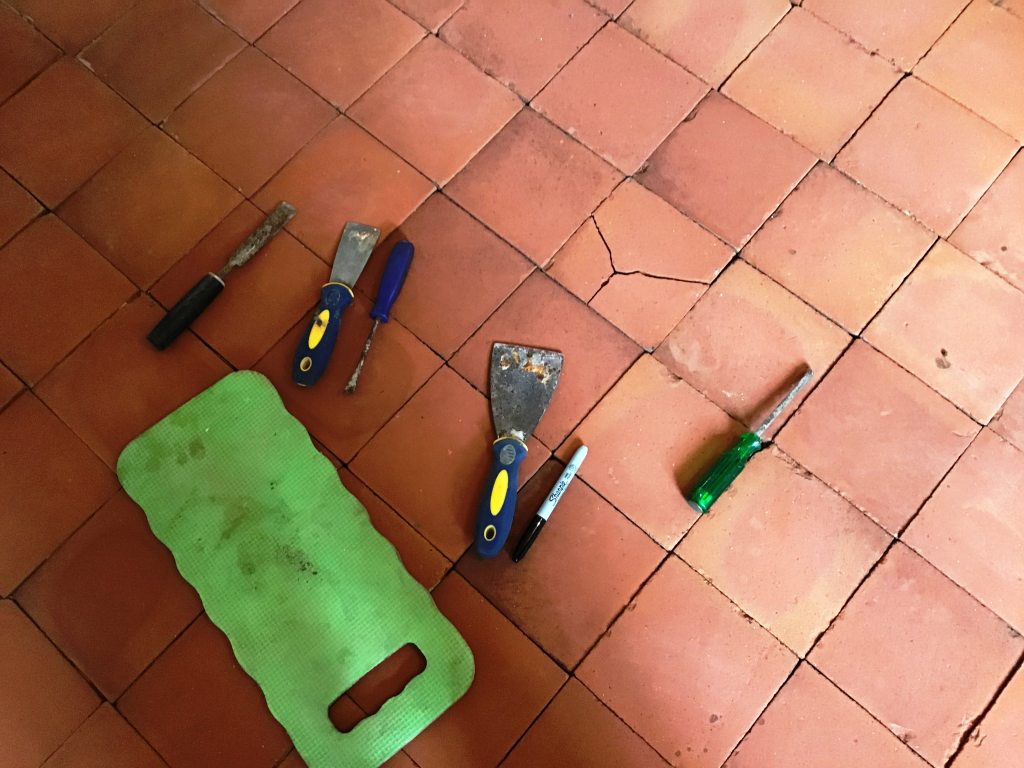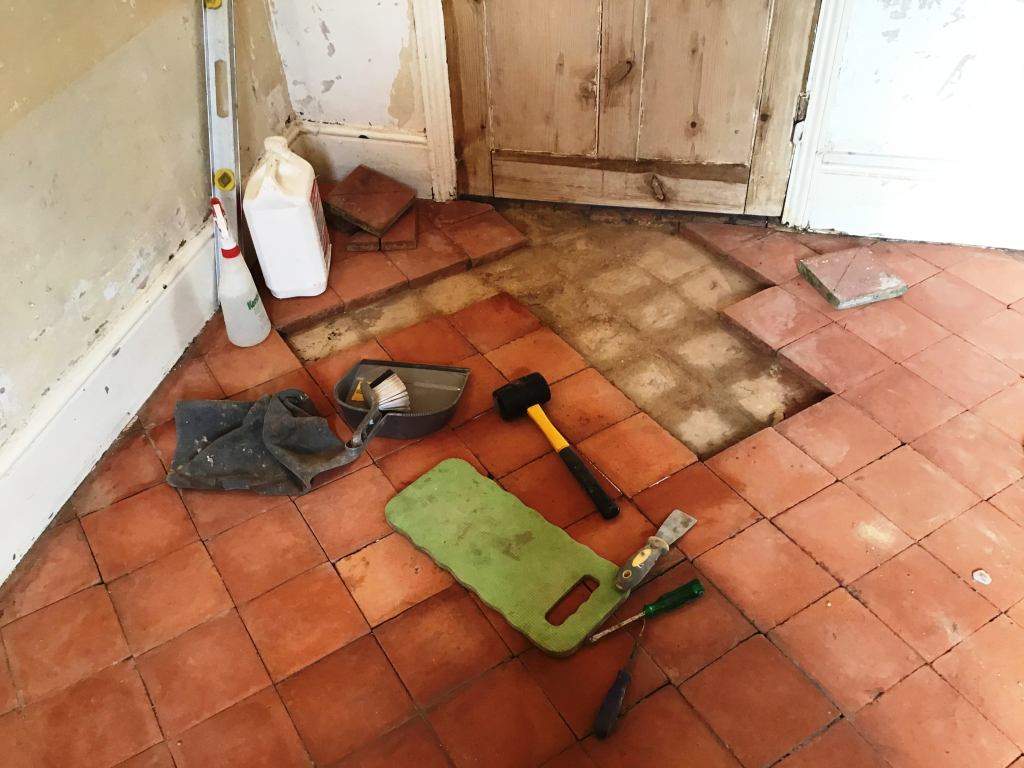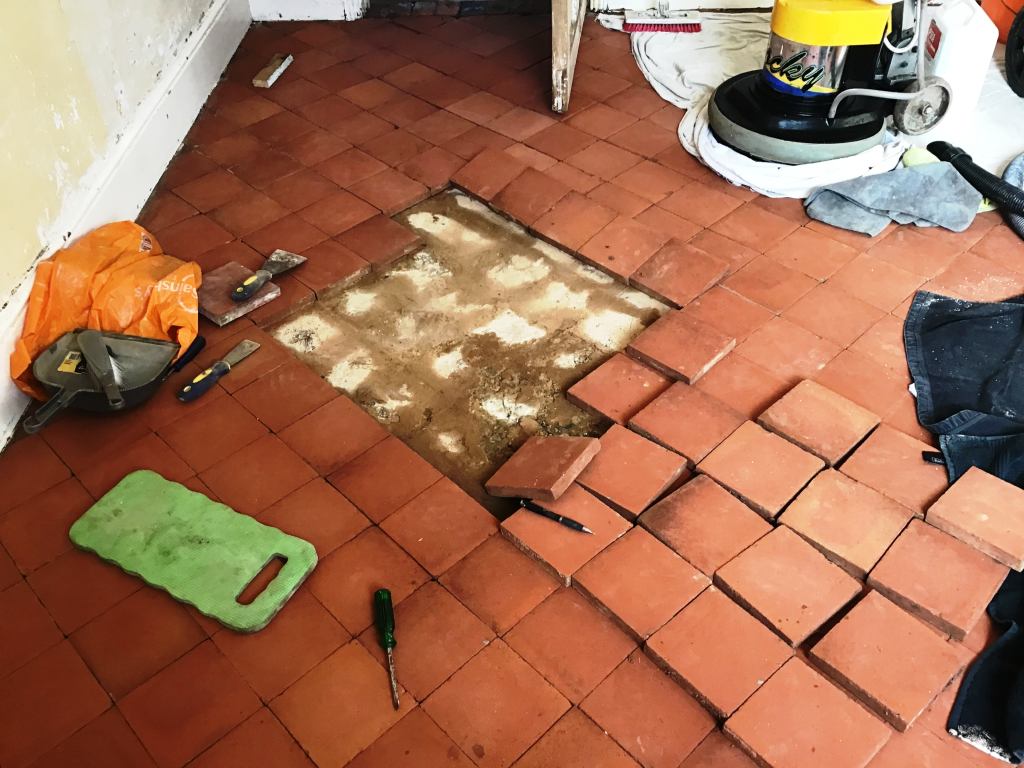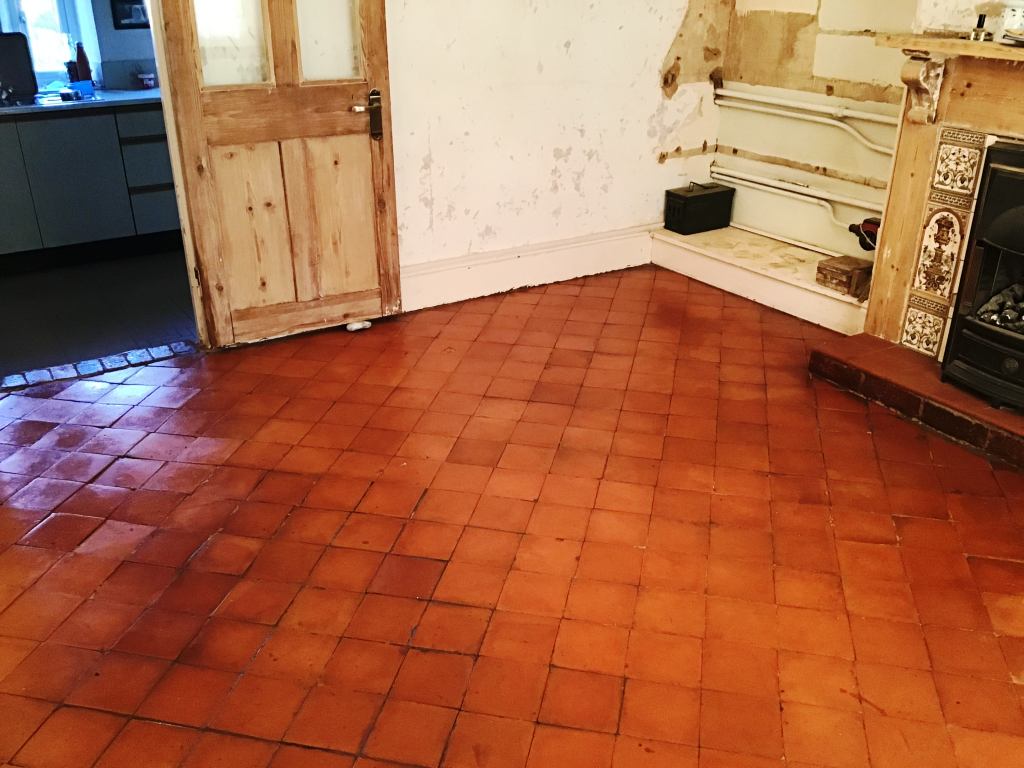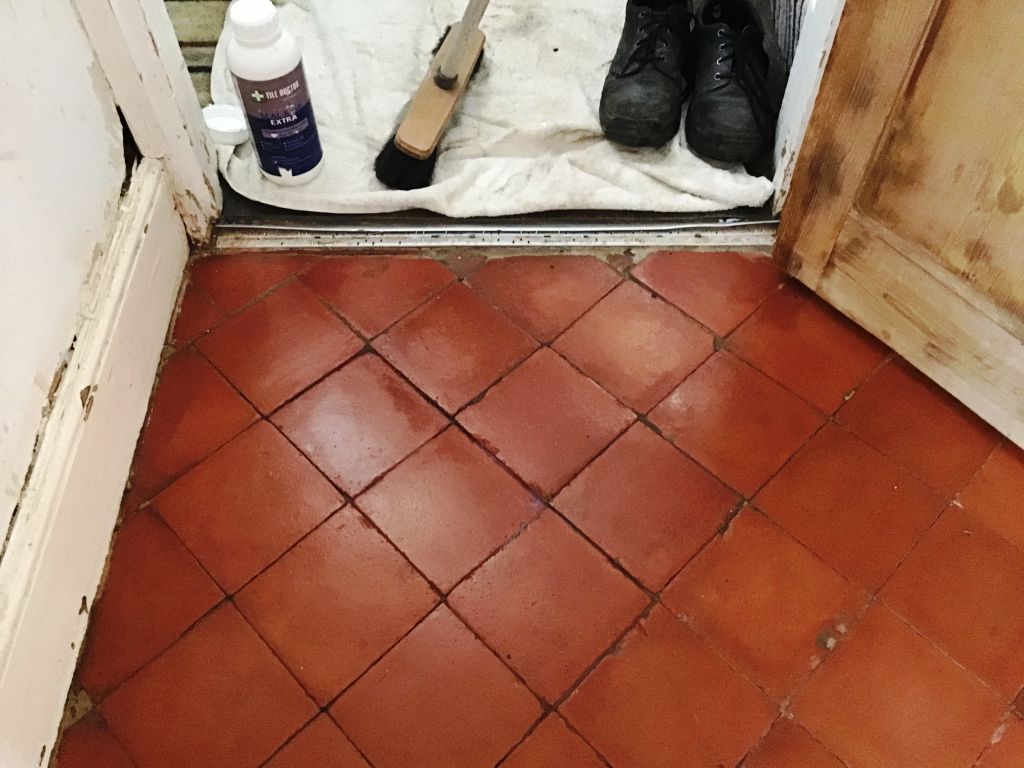The exceptional colors and distinct textures of natural stone tiles add elegance to shower surfaces. Varying mineral compositions cause stone tile colors to range from vibrant shades to earthy hues. While stone tiles are durable, they are extremely porous and can accumulate soap scum and dirt particles. Frequent cleaning of natural stone tiles maintains their appearance and prevents damages from abrasive grime. Certain cleaning solutions protect natural stone tiles and allow them to last longer.
Things You’ll Need
- Plastic bucket
- 1 gallon water
- 1/2 cup household ammonia
- Soft cloth
- Soft sponge
- Neutral stone soap cleaner
- Soft-bristled brush
- Terry cloth towel
Instructions
- Fill a plastic bucket with 1 gallon of water. Add 1/2 cup of household ammonia to the water. Mix the solution thoroughly.
- Dampen a soft cloth in the ammonia solution. Wipe the cloth over any soap scum and mineral deposits. Rinse the tiles thoroughly with water.
- Dampen a soft sponge with warm water. Apply a few drops of neutral stone soap cleaner to the sponge. Follow the manufacturer’s directions on the product label.
- Wipe the sponge over the tiles to remove loose dirt and debris. Gently scrub grout lines with a soft-bristled brush to remove accumulated grime.
- Rinse the tiles thoroughly with water. Dry the tiles with a terry cloth towel.
Tips & Warnings
- You can substitute a non-acidic soap scum remover for the ammonia solution.
- You can substitute mild liquid dishwashing soap for the neutral stone soap cleaner.
- Never clean natural stone tiles with lemon juice, vinegar or other acid-based cleaners that can erode and discolor grout joints.
- Never use abrasive products or scouring powders on natural stone tiles; the tiles can become scratched.
Source: www.Hunker.com
